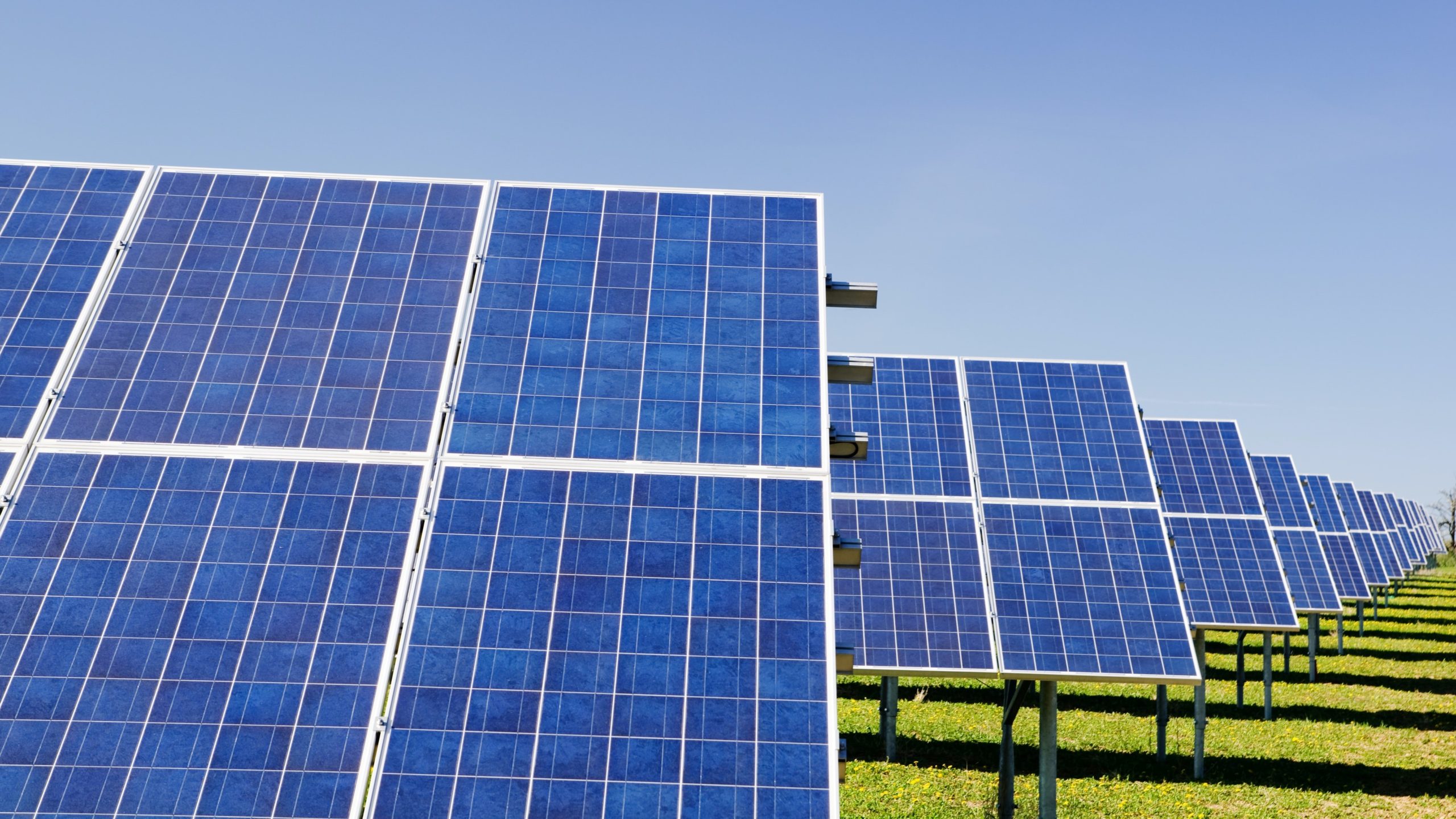What is Community Solar and What Are its Benefits?
Solar power has grown in popularity in the United States as a form of renewable energy. While rooftop solar panels are a great way to directly receive and use solar energy, there are many limitations. There can be high start-up costs, with the average solar array costing $16,000 and reaching up to $35,000 depending on the size of the array. The median income in the U.S. was around $67,000 in 2020, making a rooftop array financially out of reach for many people. Also, not every roof is suitable for solar. Roofs need to be in good condition, not get too much shade, and ideally have a slope between 15 and 40 degrees. By far the most limiting factor is the fact that people need to own their home to choose to install solar panels. With around 36% of all Americans living in rental properties, this cuts off over a third of the population from accessing clean energy through rooftop solar.
In comes community solar. According to the U.S. Department of Energy, community solar is “any solar project or purchasing program, within a geographic area, in which the benefits of a solar project flow to multiple customers such as individuals, businesses, nonprofits, and other groups. In most cases, customers are benefitting from energy generated by solar panels at an off-site array.” Customers of a community solar farm can buy or lease a portion of the panels and receive a credit on their electricity bill for the electricity generated by their share of the panels. If solar power is less expensive than traditional electricity generation, customers can reduce their energy bills. Renters who don’t have utilities included in their rent can choose to purchase electricity generated from off-site solar farms, making solar energy more accessible. This is also a great option for homeowners whose roofs get too much shade or are too small or those who don’t have the money to spend thousands of dollars installing rooftop solar panels.
Here in the city of Rochester, New York there are over 99,000 housing units and over half of them are occupied by renters. The median income in the city between 2016 and 2020 was a little over $37,000. There may be plenty of residents that want to access clean energy and community solar is a great option to pursue to connect people who otherwise cannot access solar energy to a clean electricity source.
New York State allows energy choice for both gas and electric and you can find different community solar options on the NYSERDA website. Here at UR, the University partnered with AMP Energy in August 2021 to reduce our carbon footprint. If you live outside of New York, you can find other states that allow energy choice for renters here. Are you a community solar customer? Let us know about your experience in the comment section below!
Written by Sarah Woodams, Class of 2024


Good research
Very interesting!